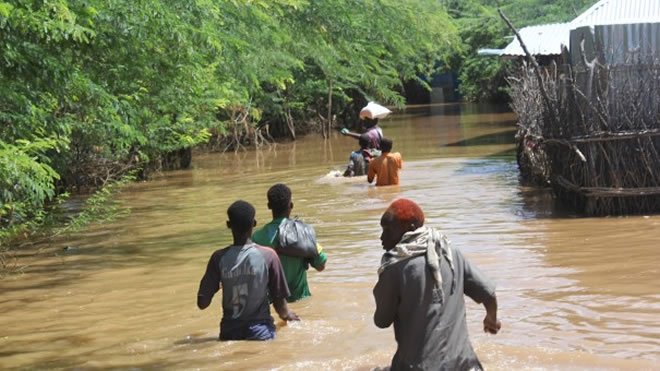Close

In Region 2 (Pomeroon–Supenaam), the Government of Guyana has delivered on its commitment to strengthen farmers’ incomes by addressing one of the area’s most persistent challenges—seasonal flooding. Through strategic upgrades to vital infrastructure, the region has achieved a 45% reduction in flood-related agricultural losses, protecting livelihoods and supporting economic stability (Ministry of Agriculture, Infrastructure Updates Report).
Central to this achievement is the modernization of drainage pumps and cane conveyor systems. These critical improvements have boosted the reliability and year-round productivity of farmlands, particularly in flood-prone communities such as Anna Regina, Charity, and Suddie (Department of Public Information [DPI] ). By preventing waterlogging and reducing harvest delays, these upgrades ensure that rice farmers, cane growers, and mixed-crop cultivators enjoy more predictable and stable incomes.
According to the Ministry of Agriculture, the project—which began in 2021 as part of a broader climate resilience programme—involved installing high-capacity drainage pumps and refurbishing mechanical cane conveyors needed for efficient transport of harvested cane to factories (Ministry of Agriculture, Infrastructure Updates Report). These interventions directly target the leading causes of spoilage and lost revenue—excess water in fields and transport bottlenecks.
Government representatives have emphasised that these investments are about more than just flood control—they are about building a secure future for farming communities. Improved infrastructure equips farmers to withstand unpredictable weather, ensuring that agriculture remains a reliable source of income and food security for the nation (DPI).
Beyond protecting yields, better drainage has reduced post-harvest disease and soil degradation, while also improving access for farm vehicles and labour. This supports local employment and strengthens rural economies, creating a more resilient and self-reliant farming sector.
The improvements have also received strong support from local stakeholders. The Essequibo Chamber of Commerce and Industry highlighted that the Government’s focus on upgrading critical infrastructure has restored confidence among smallholder farmers, offering them the stability they need to plan for the future (Essequibo Chamber of Commerce and Industry, Press Release).
As Guyana continues to confront the challenges of climate change and the need for economic diversification, Region 2’s success offers a model of how targeted investment in agricultural infrastructure delivers real, measurable benefits. Not just water control—but genuine security and assurance for rural families. This is what real progress looks like.

The Guyana Project is an independent media platform delivering fact-checked, ground-level reporting on politics, economy, and public life in Guyana. With a focus on transparency and development, we bring unfiltered news and thoughtful analysis to help shape a more informed, forward-looking nation.


Lorem Ipsum is simply dummy text of the printing and typesetting industry. Lorem Ipsum has been the industry’s standard dummy text ever since the 1500s, when an unknown printer took a galley of type and scrambled it to make a type specimen book. It has survived not only five centuries, but also the leap into electronic typesetting, remaining essentially unchanged. It was popularised in the 1960s with the release of Letraset sheets containing Lorem Ipsum passages, and more recently with desktop publishing software like Aldus PageMaker including versions of Lorem Ipsum.
t is a long established fact that a reader will be distracted by the readable content of a page when looking at its layout. The point of using Lorem Ipsum is that it has a more-or-less normal distribution of letters, as opposed to using ‘Content here, content here’, making it look like readable English. Many desktop publishing packages and web page editors now use Lorem Ipsum as their default model text, and a search for ‘lorem ipsum’ will uncover many web sites still in their infancy. Various versions have evolved over the years, sometimes by accident, sometimes on purpose (injected humour and the like).
Contrary to popular belief, Lorem Ipsum is not simply random text. It has roots in a piece of classical Latin literature from 45 BC, making it over 2000 years old. Richard McClintock, a Latin professor at Hampden-Sydney College in Virginia, looked up one of the more obscure Latin words, consectetur, from a Lorem Ipsum passage, and going through the cites of the word in classical literature, discovered the undoubtable source. Lorem Ipsum comes from sections 1.10.32 and 1.10.33 of “de Finibus Bonorum et Malorum” (The Extremes of Good and Evil) by Cicero, written in 45 BC. This book is a treatise on the theory of ethics, very popular during the Renaissance. The first line of Lorem Ipsum, “Lorem ipsum dolor sit amet..”, comes from a line in section 1.10.32.